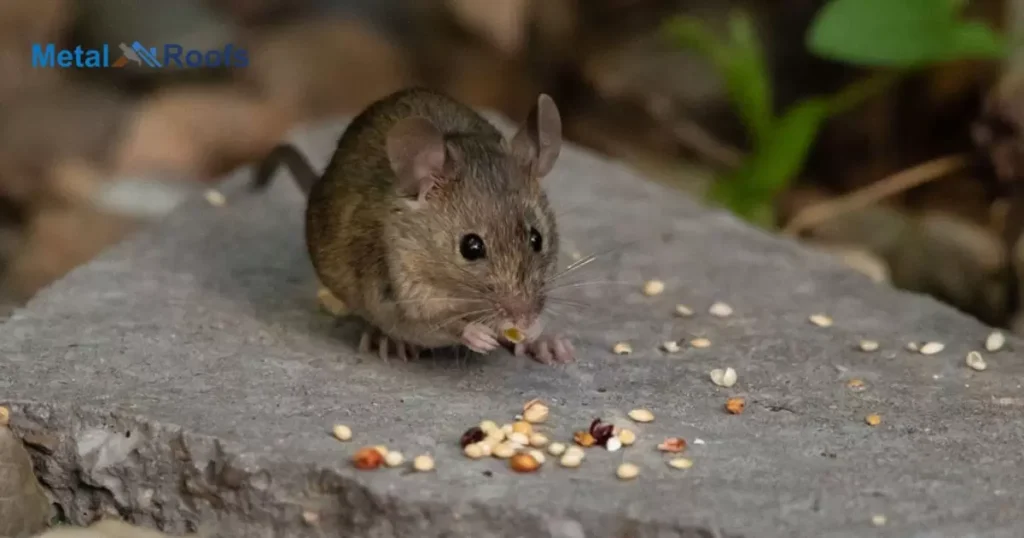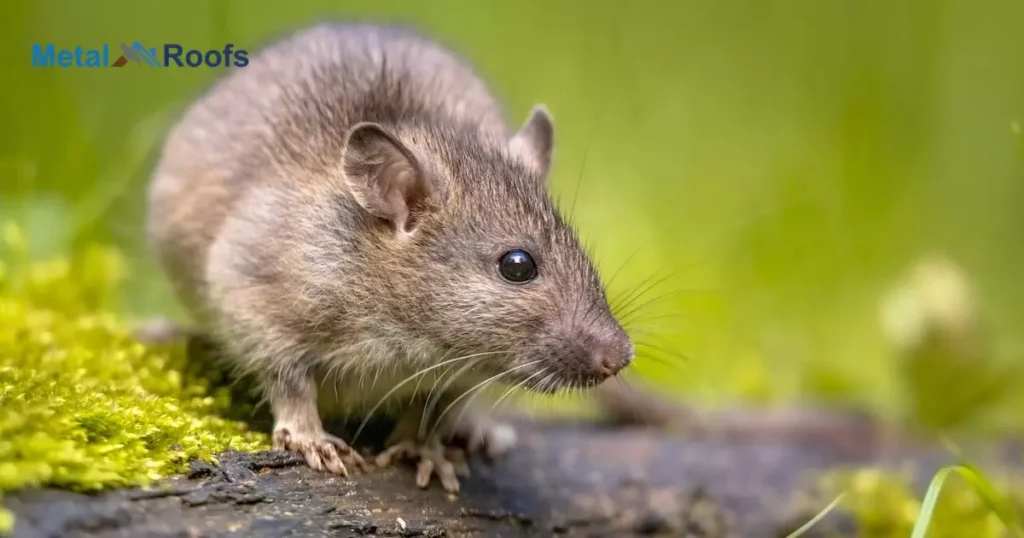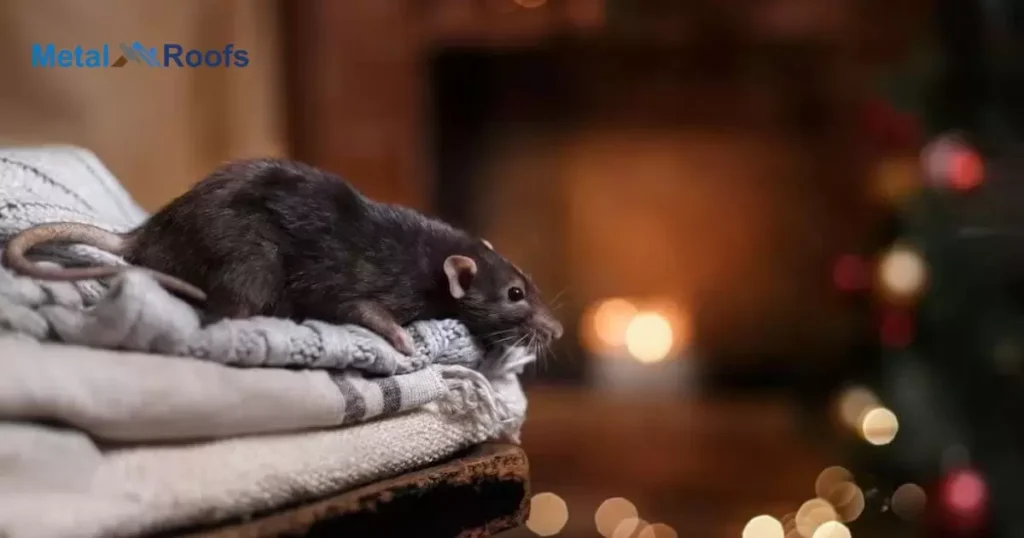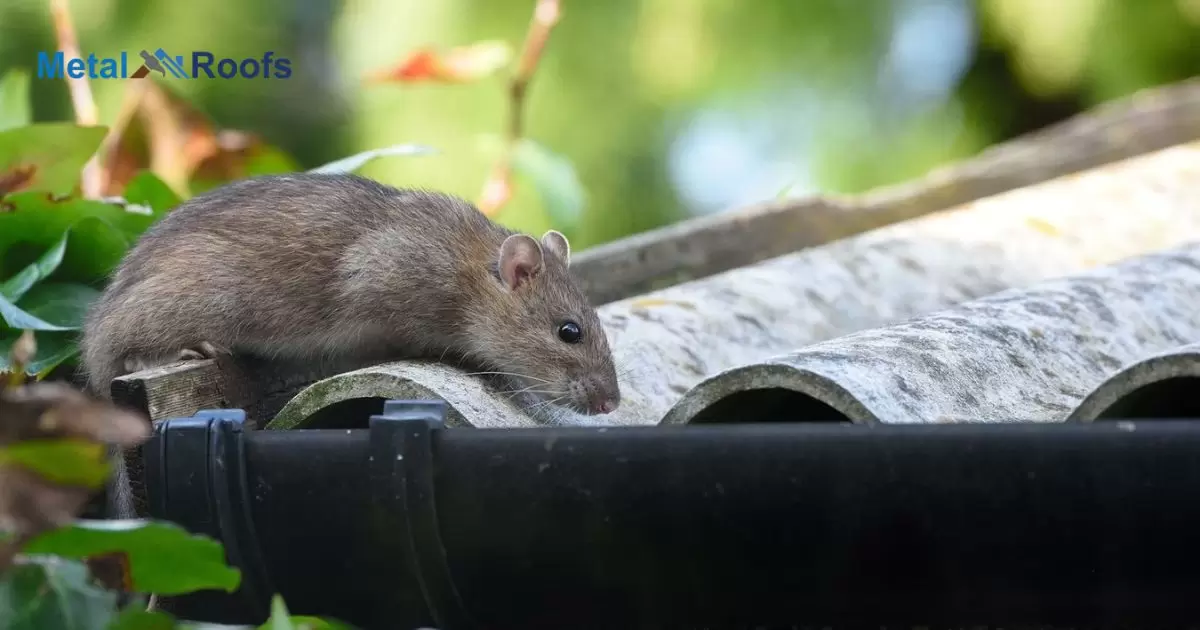Roof rats, also called black rats, are agile rodents found throughout Florida. They nest high up in trees and buildings, damaging structures by chewing wires or pipes. Roof rats eat fruit and insects and reproduce quickly.
Roof rats thrive in Florida’s warm climate. What are roof rats in Florida? Agile rodents that nest high up, chewing wires and pipes. Known for quick reproduction and eating fruit and insects. Solving a roof rat problem takes determination before major home damage.
They enter from trees by chewing vents or holes. Much damage from chewing electrical wires. Population grows fast without control. Determination needed to trap and exclude them from structures before major destruction.
Key Takeaways
- Roof rats, prevalent in Florida, nest in high areas like roofs, trees, and attics.
- Health risks arise from diseases transmitted via their droppings and urine.
- They cause property damage by gnawing on wires, insulation, and structural materials.
- Effective control methods include sealing entry points and utilizing traps or baits.
- Prompt action is crucial to prevent further infestation and mitigate health and property risks.
Roof Rats Florida
Roof rats in Florida are agile climbers, often nesting in high spots like roofs and trees. They’re smaller than Norway rats, with pointed snouts and long, scaly tails. These rodents are skilled scavengers, feeding on fruits, grains, insects, and more.
Florida’s urban areas provide ample hiding spots and food sources for roof rats. They invade homes and businesses, posing health risks through droppings and urine. To control them, sealing entry points and removing food attractants are essential steps. Traps and baits can help manage infestations promptly.
Roof Rat Habitat

Roof rats thrive in urban and suburban areas, often making their homes in high places like roofs, attics, and trees. They’re skilled climbers, easily accessing elevated spaces to build nests and find shelter. These rodents prefer warm climates, making Florida an ideal habitat for them to breed and spread.
Rooftops roof rats also inhabit dense vegetation and overgrown areas, providing ample hiding spots. They’re adaptable creatures, able to make nests in a variety of environments, from residential neighborhoods to commercial properties. It’s essential to address roof rat infestations promptly to prevent damage to property and reduce health risks for humans and pets.
Roof Rat Behaviors, Threats, or Dangers
| Behavior/Threat/Danger | Description |
| Climbing Abilities | Skilled climbers, often found nesting in high places like roofs and attics. |
| Physical Characteristics | Smaller than other rat species, with a slender build, long tails, and large ears. |
| Disease Transmission | Spread diseases through droppings and urine, posing health risks to humans and pets. |
| Property Damage | Gnaw on wires, insulation, and structural materials, leading to potential fire hazards and compromising structural integrity. |
| Reproduction Rate | Reproduce quickly, leading to rapid population growth if not controlled. |
| Adaptability | Adaptable creatures, able to make nests in various environments, from residential neighborhoods to commercial properties. |
Roof rats are skilled climbers, often found nesting in high places like roofs and attics. They’re smaller than other rat species with a slender build, long tails, and large ears.
Prompt action is crucial to control roof rat populations and mitigate threats to health and property, especially considering the potential damage they can cause, such as gnawing on wires and insulation, posing fire hazards. Implementing a roof valley rain diverter no gutter system can also help prevent water accumulation, which can further attract and sustain these pests.
Roof Rat Damage
Roof rats cause damage by chewing wires, which can lead to electrical fires. They also gnaw on insulation, compromising its effectiveness. They damage structures by burrowing into walls and ceilings.
Their droppings and urine contaminate surfaces, posing health risks to humans and pets. They spread diseases such as leptospirosis and salmonellosis. They destroy crops and food supplies, impacting agriculture and storage facilities.
Roof Rat Infestation

Roof rats, common in Florida, are agile climbers and often make nests in high places like roofs and attics. They’re smaller than Norway rats, with a slender build and a pointed snout.
In Florida, roof rat infestations are a significant concern due to their ability to thrive in urban environments. They invade homes in search of food and water, posing health risks through droppings and damage to property by gnawing on wires and insulation.
Types of Roof Rats
Eastern Roof Rat (Rattus rattus):
- Found in the eastern United States.
- Smaller in size.
- Darker fur, usually brown or black.
Western Roof Rat (Rattus rattus):
- Common in the western United States.
- Slightly larger than eastern roof rats.
- Fur color ranges from gray to brown.
Asian Roof Rat (Rattus tanezumi):
- Native to Southeast Asia.
- Similar to Rattus rattus.
- May have slight physical and behavioral differences.
African Roof Rat (Rattus rattus):
- Found in various parts of Africa.
- Resembles other roof rat species.
- May have unique genetic variations.
5 Signs Your Florida Home Has a Roof Rat Infestation
A Florida home has a roof rat infestation. These rats are common in the state. They climb roofs and nest in attics. It’s crucial to act fast to address the problem. Seal entry points and remove food sources. Use traps or baits to control the rats. Taking action promptly prevents damage and health risks.
Droppings and Urine around the House
Droppings and urine around the house signal a roof rat infestation. These rodents leave behind their waste as they move. Finding droppings and urine is a clear sign of their presence. Clean up these areas promptly to reduce health risks.
Gnaw Marks on Furniture, Walls, and Exposed Wood
Florida home has a roof rat infestation. Gnaw marks on furniture, walls, and exposed wood indicate their presence. These rats chew on various surfaces to wear down their teeth. It’s important to address the infestation promptly to prevent further damage. Seal entry points and implement control measures to protect your property.
Scratching Noises in the Walls or Ceiling at Night
In a Florida home with a roof rat infestation, you might hear scratching noises in the walls or ceiling at night. These sounds can be unsettling. They often indicate the presence of rats. Take action promptly to address the infestation. Sealing entry points and setting traps are effective measures. Keeping the home rat-free ensures peace of mind and prevents damage.
Foul, Unexplained Odors in Certain Areas
These odors can indicate the presence of rats. Rats can leave behind urine and droppings, causing unpleasant smells. Identifying and addressing these odors promptly is essential.
Finding an Actual Roof Rat in Your Home
You might spot them scurrying in the attic or along wires. Their presence indicates a potential problem that needs addressing. Act swiftly to prevent further issues. Sealing entry points and setting traps are essential steps. Taking action promptly ensures a safer and healthier home.
Are Roof Rats Dangerous?

Roof rats can pose risks to health. They carry diseases like leptospirosis and salmonellosis. Their droppings can contaminate food and surfaces. They may bring parasites like fleas and ticks into homes.
These rodents also cause property damage. They gnaw on wires, insulation, and wood. This can lead to electrical hazards and structural issues. It’s crucial to address roof rat infestations promptly to prevent harm to both health and property.
Frequently Asked Questions
Why are they called roof rats?
They’re called roof rats because they nest in high places like roofs. They’re agile climbers, seeking shelter in attics and trees.
What is the difference between a roof rat and a regular rat?
Roof rats are smaller and have a sleeker build than regular rats. They also prefer nesting in higher areas like roofs and attics.
Are roof rats aggressive?
Roof rats can become aggressive if they feel threatened or cornered. They typically avoid confrontations with humans and will retreat if given the opportunity.
Conclusion
Roof rats are a destructive pest for Florida homes. They nest and reproduce quickly in attics and trees. Constant chewing damages structures. Without control, populations multiply, spreading to more buildings. Determining how they enter and exclusion is key.
Trapping helps but new generations repopulate. Their agility and reproduction make them a challenge. Persistence with traps and finding all access points is essential. Sealing entryways and removing food sources limits the problem. Stopping roof rats takes diligence to prevent house damage.











